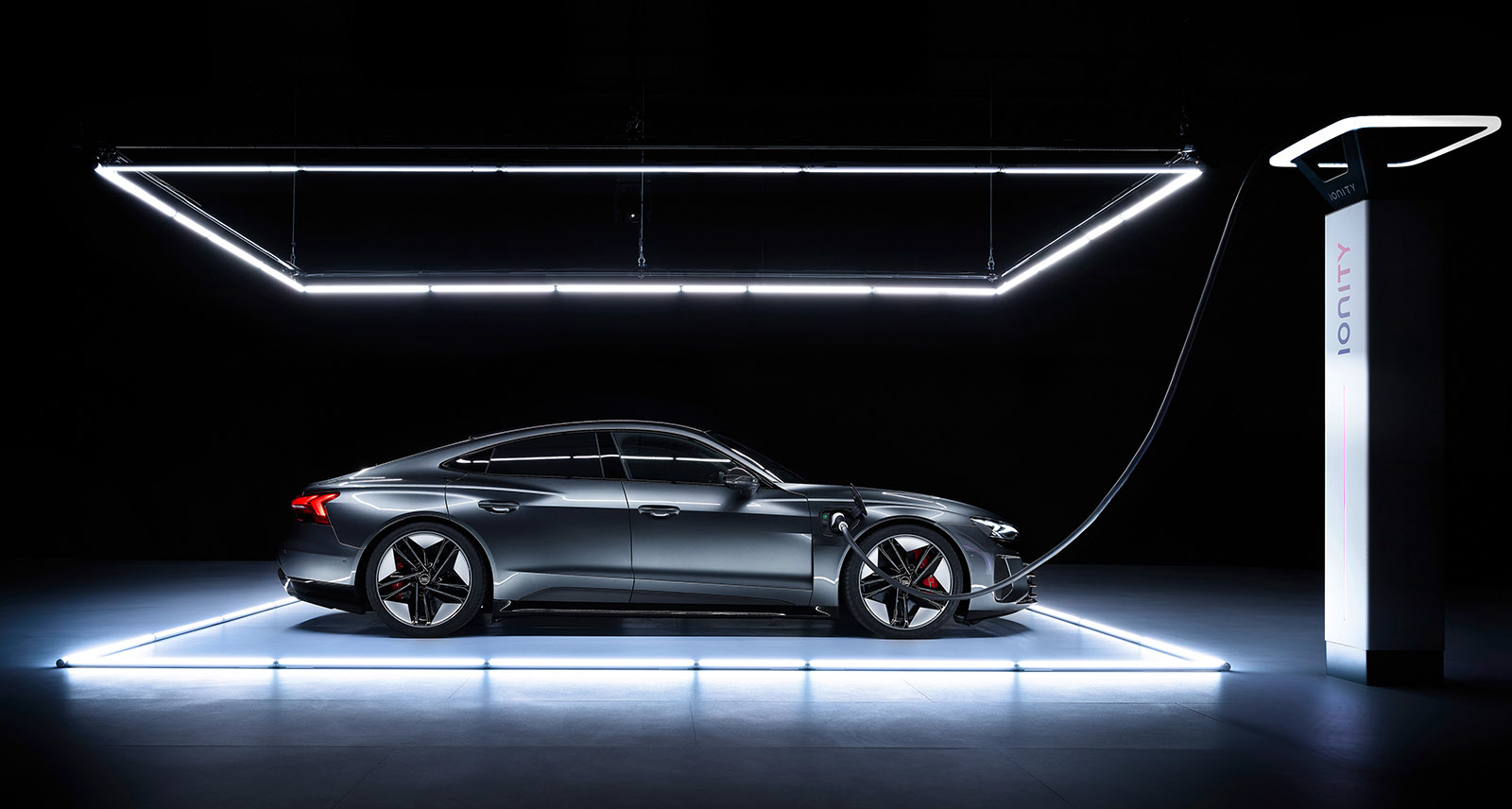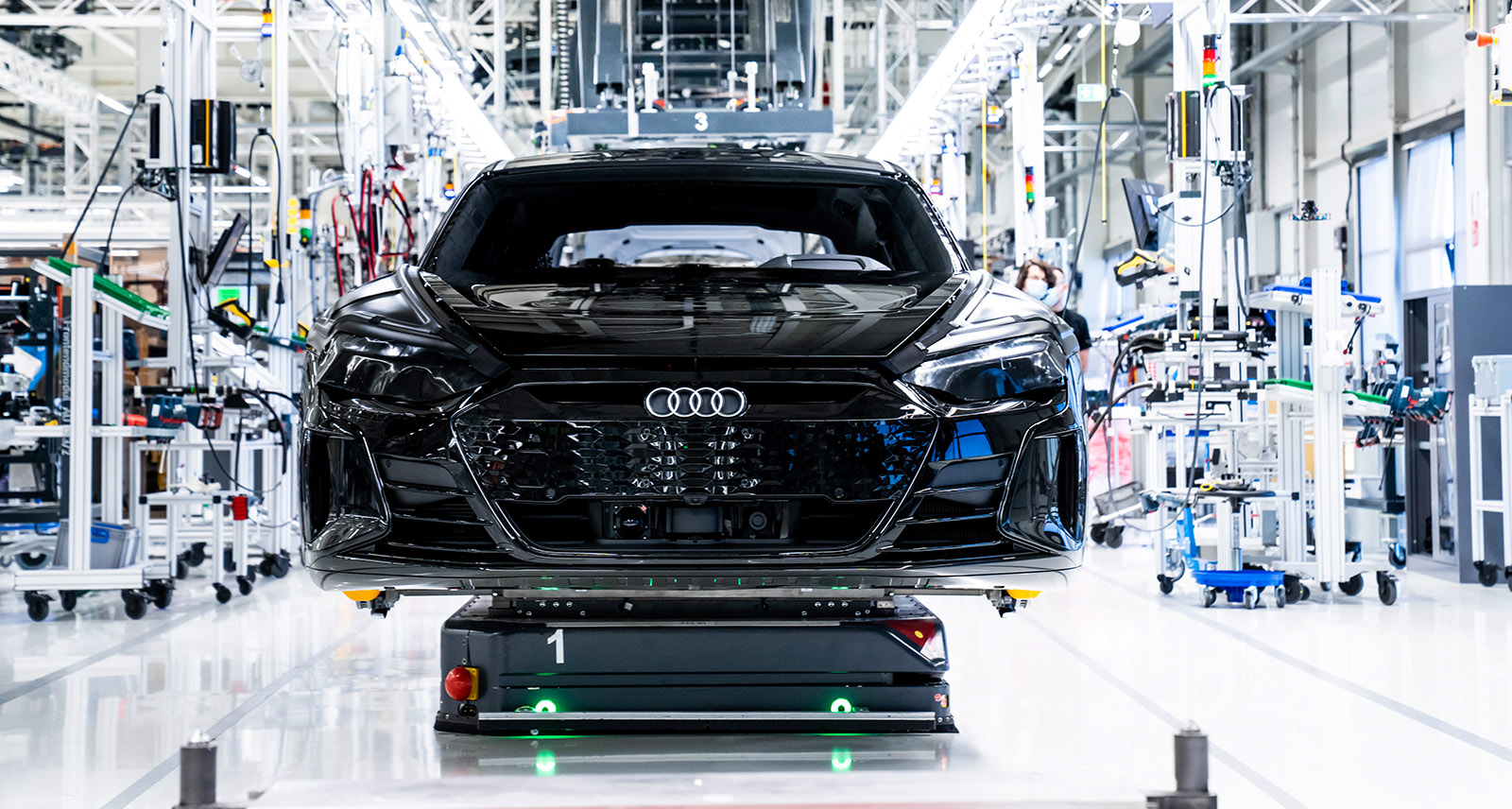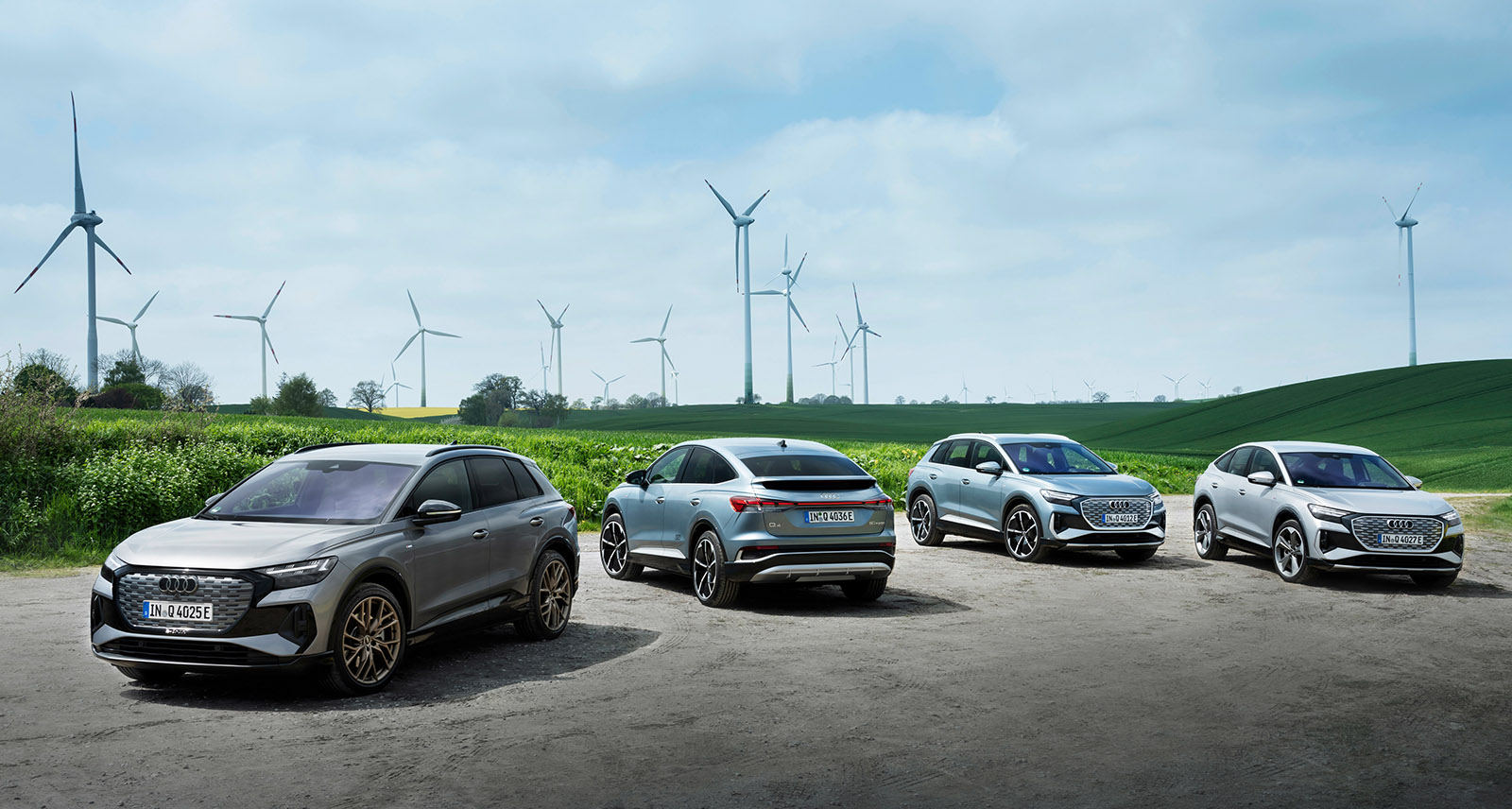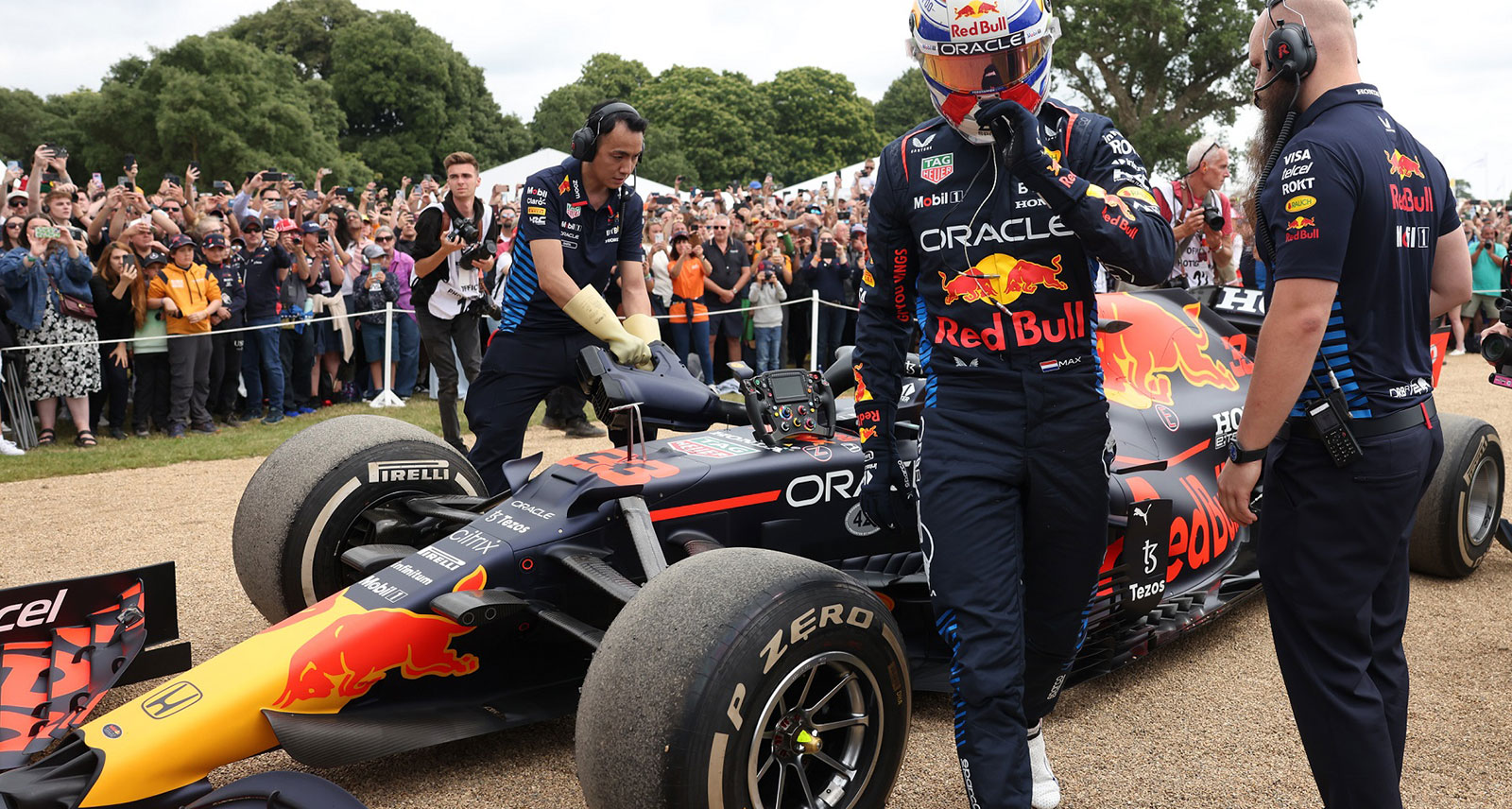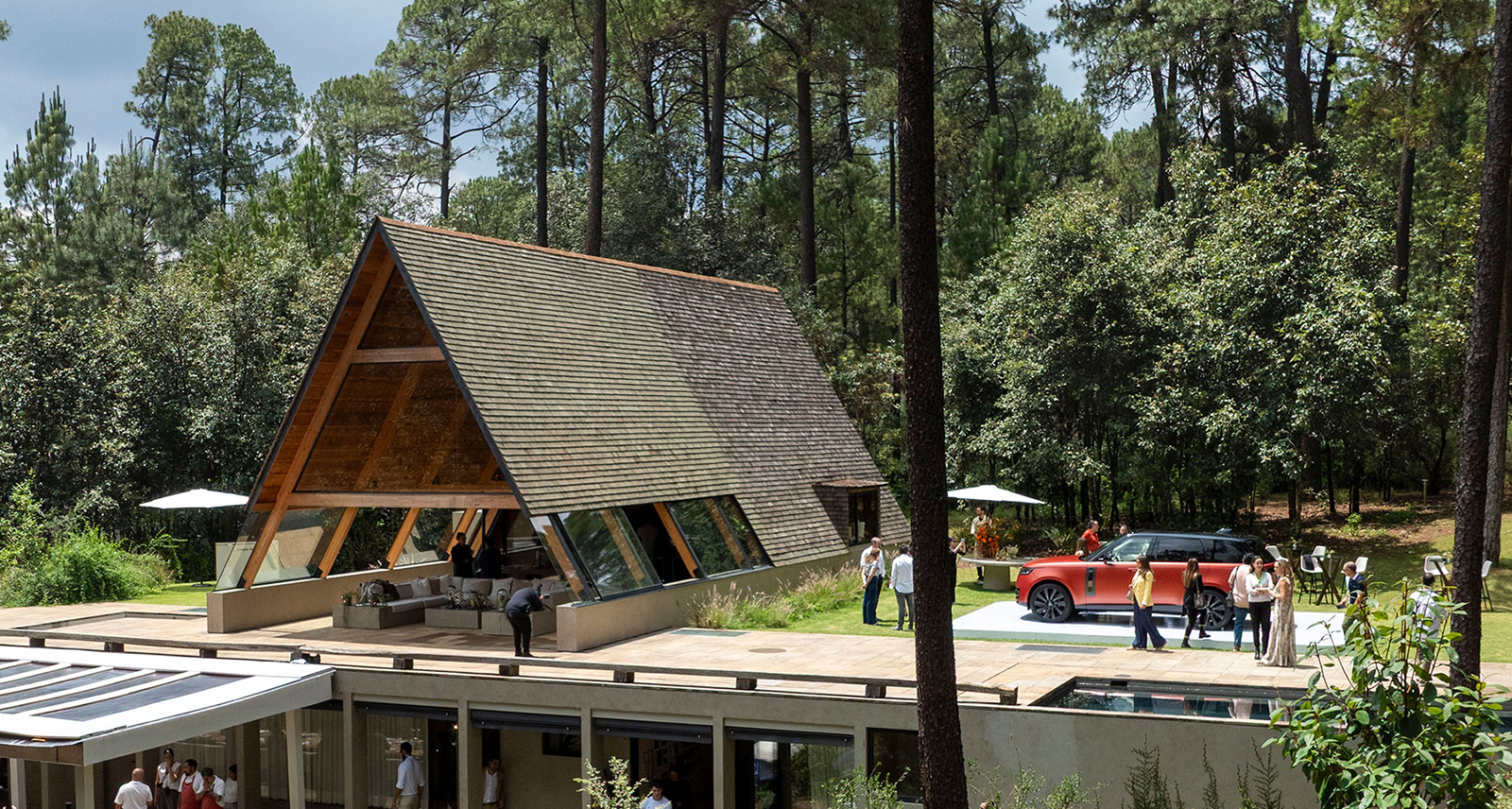Audi’s Electric Vehicle Strategy Is Leading the Charge
In cars (as in stock markets, pro sports, and pandemics), there are few absolute certainties. If the last year and a half has hammered home any lesson, it’s that trying to predict the future is a fool’s errand. Plenty of extremely clever and highly paid people who have access to all the world’s information get their predictions laughably wrong over and over again. But that doesn’t mean we should all stop trying. It means you’ve got to accept some risk.
In the trillion-dollar car business, there are no small risks and the future is anything but certain. What will you, dear driver, choose to park in your driveway in five or eight years’ time? Will it be an SUV or a sedan? Self-driving or not? Powered by electricity, gasoline, hydrogen, or some mix of the above? Because the stakes are so high — and because it directly affects what we’ll be driving in the near future — it’s exciting to see a major car company go out on a limb and make a bold prediction about the future, then back it up by putting its money where its mouth is. And that’s exactly what Audi has done.
Of all the long-established players in the luxury car industry, Audi is emerging as an unlikely front-runner in the race to go electric — something nobody could have predicted 10 years ago. The company already has more all-electric vehicle models on sale in Canada than any of its German rivals — including the e-tron GT we covered in February — and the firm is doubling down by accelerating its electric shift yet again.
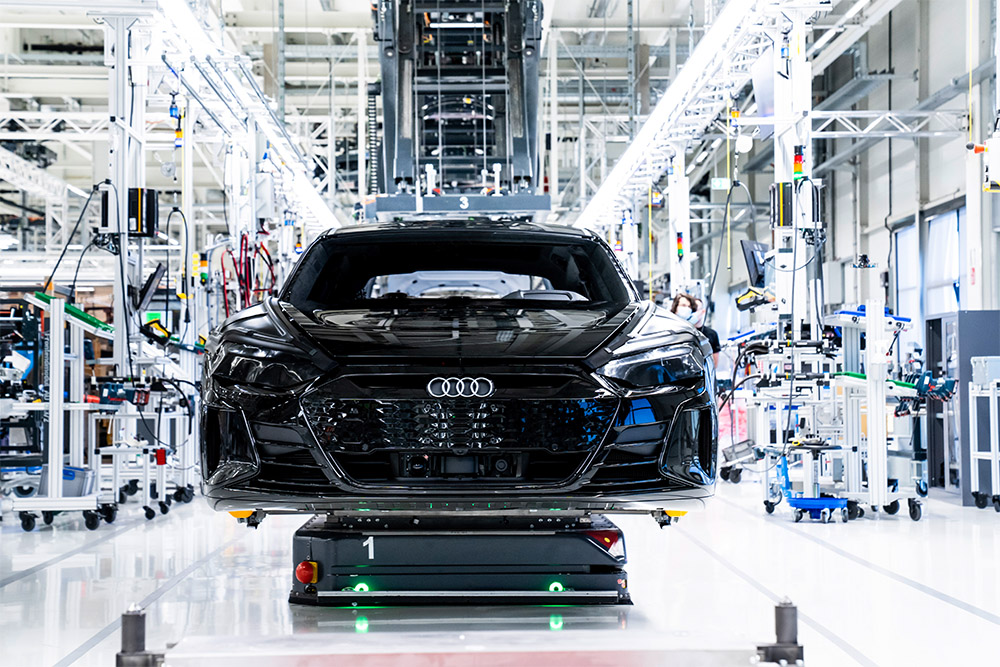
Audi’s CEO Markus Duesmann recently laid out a roadmap for a rapid transition — at least by the standards of the auto industry — that will see Audi phase out gasoline-powered vehicles entirely. Beginning in 2026, he announced, the brand will only release new models that are powered purely by electricity onto the global market. Internal-combustion engines will gradually be phased out until 2033. Production on Audi’s last completely new combustion engine will start in just four years. “With this roadmap, we are creating the clarity necessary to make a decisive and powerful transition to the electric age. We’re sending the signal that Audi is ready,” says Duesmann.
For context, this is a bit like Marvel announcing “You know what? We’re not going to make superhero movies anymore.” Combustion-engine vehicles made Audi what it is today, but the company thinks it can succeed, even thrive, without them.
These aren’t empty promises. Already this year, the brand has launched more new electric cars than gas-powered ones. For those of you who haven’t been keeping track — and who could blame you — Audi’s new EV lineup includes the flagship Audi e-tron GT electric sedan, the high-performance RS e-tron GT, the compact Q4 e-tron SUV, and the Q4 Sportback e-tron. The two Q4s — which, it must be said, look spectacular and are built on an all-new dedicated EV platform — will land in Canadian showrooms later this year.
They’ll be Audi’s most affordable EVs yet, but they don’t sacrifice range to get down to a price point. Preliminary figures put the Q4 Sportback’s driving range at a WLTP-estimated 497 km on a single charge.
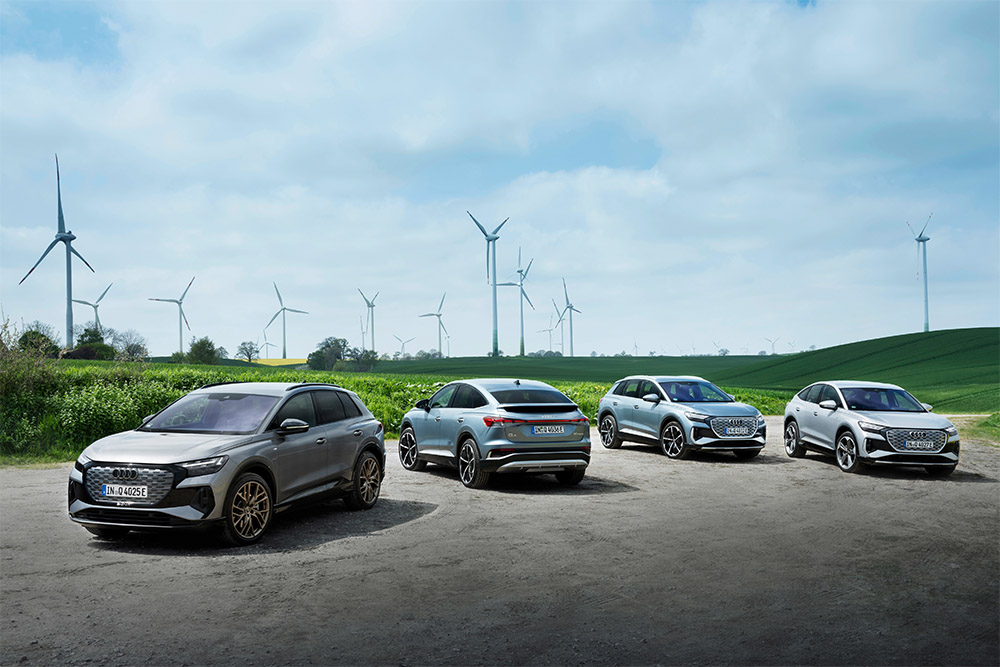
Those new EV models join the existing e-tron SUV and e-tron Sportback. If that wasn’t enough choice, the brand also offers three plug-in hybrids in Canada: the Q5 SUV, the A7 fastback sedan, and the opulent A8 L. Audi’s plug-in hybrids can be identified by the “TFSI e” label affixed to their trunk lid, and by the presence of what looks like two fuel-filler flaps; one of them is actually an electric charging port.
All told, Audi says, it will have more than 20 “E-models” in showrooms by 2025. Key to their success will be the availability of fast, convenient, and ubiquitous EV charging stations across the country, and indeed across all countries. Nobody wants an EV if it’s a pain to recharge. Naturally, Audi isn’t leaving the rollout of that crucial infrastructure entirely to chance. Instead, the company is pouring money into charging firms like Electrify Canada and trying out new concepts like the “charging hub.” The latter is a pilot project, launching soon in Germany, that will use containers full of recycled EV batteries to create fast-charging stations that can be installed quickly, since they don’t require high-voltage grid hookups. A lounge area on top of the chargers, as they have been designed, would give drivers a place to relax or grab coffee, the type of amenity that’s still missing from many public charging stations.
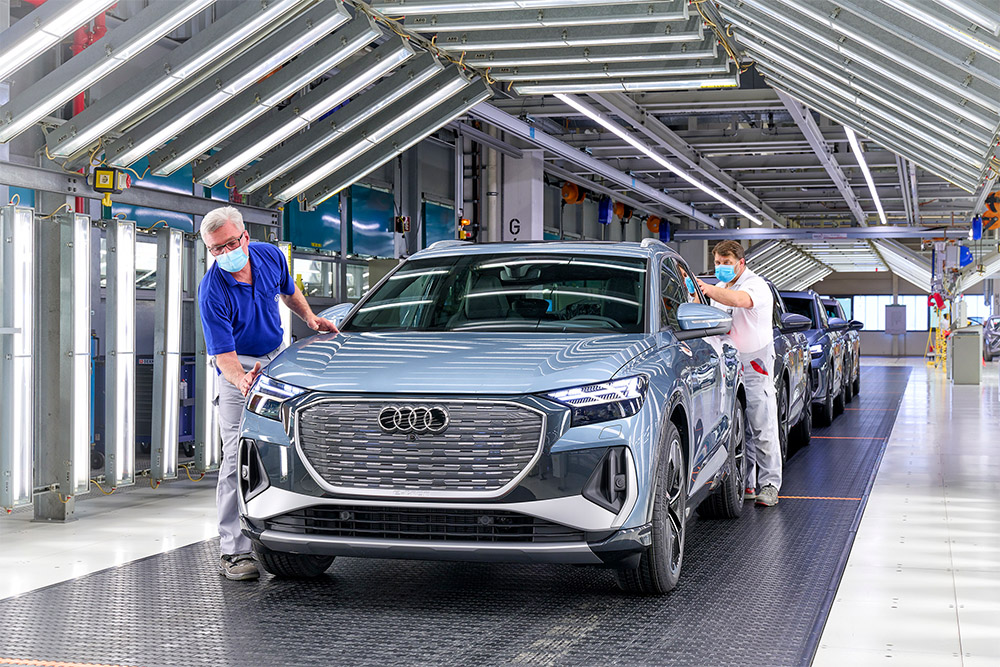
Of course, Duesmann and Audi are hedging this big bet on the future — because you’d be crazy not to hedge a bet this huge. The company acknowledges the market for electric cars varies country by country, even by region, based on legislation, charging infrastructure, and consumer demand. Audi admits that in China, for example, it expects to see continued demand for gas-powered vehicles beyond 2033. As a result, Duesmann couldn’t put a date on when exactly the last gas-powered car Audi ever makes would be sold, but he did say that “Audi’s last internal combustion engine will be the best we’ve ever built.”
Learn More about Audi EVs Here
